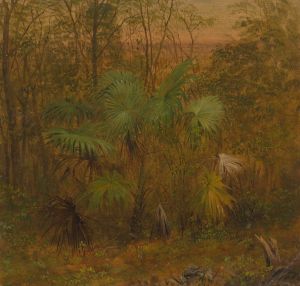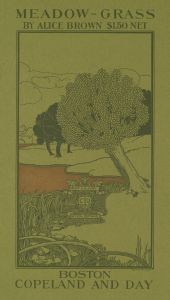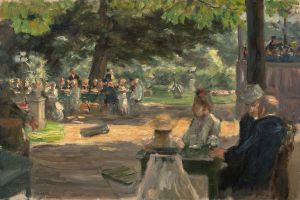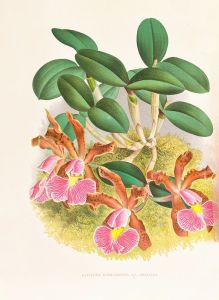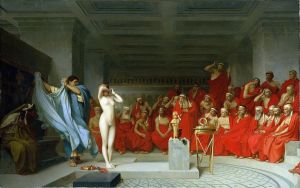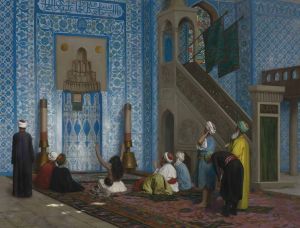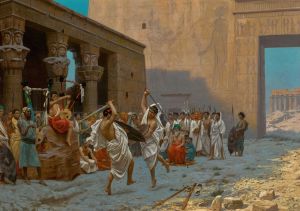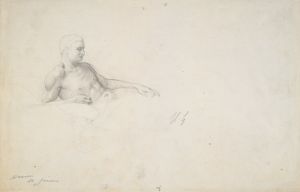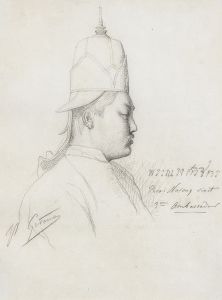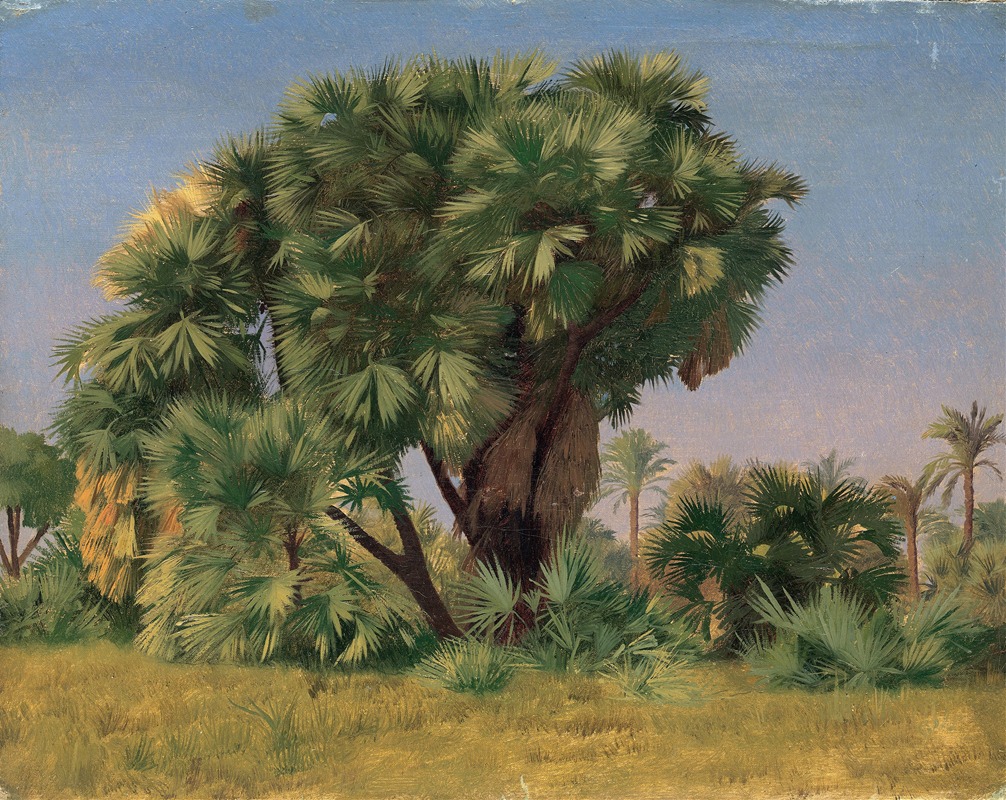
Study of Palm Trees
A hand-painted replica of Jean-Léon Gérôme’s masterpiece Study of Palm Trees, meticulously crafted by professional artists to capture the true essence of the original. Each piece is created with museum-quality canvas and rare mineral pigments, carefully painted by experienced artists with delicate brushstrokes and rich, layered colors to perfectly recreate the texture of the original artwork. Unlike machine-printed reproductions, this hand-painted version brings the painting to life, infused with the artist’s emotions and skill in every stroke. Whether for personal collection or home decoration, it instantly elevates the artistic atmosphere of any space.
Jean-Léon Gérôme's "Study of Palm Trees" is a notable work by the acclaimed 19th-century French artist, renowned for his academic style and Orientalist themes. Gérôme, who was born in 1824 and died in 1904, was a prominent figure in the world of academic art, known for his meticulous attention to detail and his ability to capture the essence of his subjects with precision and clarity.
"Study of Palm Trees" is a testament to Gérôme's fascination with the exotic landscapes and cultures of the Middle East and North Africa, regions he frequently visited and depicted in his art. This painting, like many of his works, reflects his interest in the natural world and his skill in rendering it with accuracy and beauty.
The painting itself is a study, which suggests that it was likely created as a preparatory work or as an exploration of a particular subject matter that Gérôme found intriguing. Studies were common practice among artists of Gérôme's time, serving as exercises in observation and technique, and often informing larger, more complex compositions.
In "Study of Palm Trees," Gérôme focuses on the intricate details of the palm trees, capturing their unique forms and textures. The painting showcases his ability to depict natural elements with a high degree of realism, a hallmark of his academic training. Gérôme's use of light and shadow in the painting highlights the structural complexity of the palm trees, emphasizing their graceful yet robust nature.
Gérôme's travels to the Middle East and North Africa provided him with firsthand experiences of the landscapes and cultures he so vividly portrayed. These journeys were instrumental in shaping his artistic vision and contributed to the authenticity and richness of his Orientalist works. "Study of Palm Trees" can be seen as a reflection of these experiences, capturing the essence of the landscapes that inspired him.
While Gérôme is often associated with grand historical and mythological scenes, his studies and smaller works reveal another aspect of his artistic practice—his dedication to understanding and representing the natural world. "Study of Palm Trees" exemplifies this aspect of his work, demonstrating his keen observational skills and his ability to translate the beauty of nature onto canvas.
Throughout his career, Gérôme received numerous accolades and was a respected member of the French art establishment. His works were widely exhibited and collected, and he played a significant role in the development of 19th-century academic art. "Study of Palm Trees," while perhaps not as widely recognized as some of his larger compositions, remains an important piece within his oeuvre, illustrating his versatility and depth as an artist.
In summary, "Study of Palm Trees" by Jean-Léon Gérôme is a fine example of the artist's skill in capturing the natural world with precision and elegance. It reflects his interest in the landscapes of the Middle East and North Africa and serves as a testament to his ability to convey the beauty and complexity of nature through his art.






